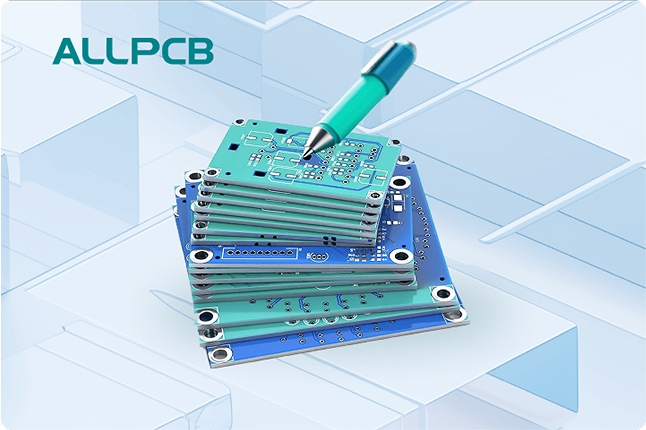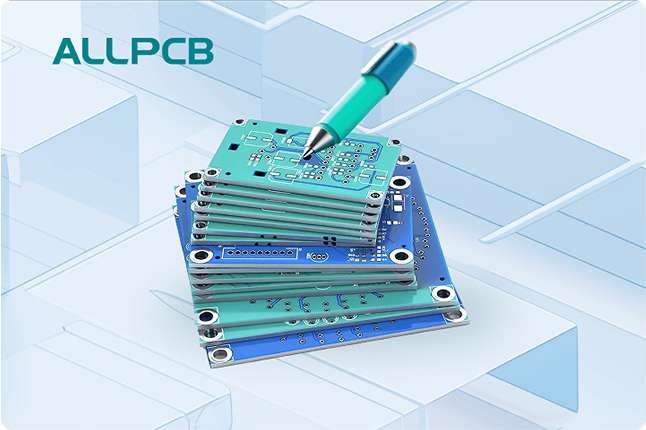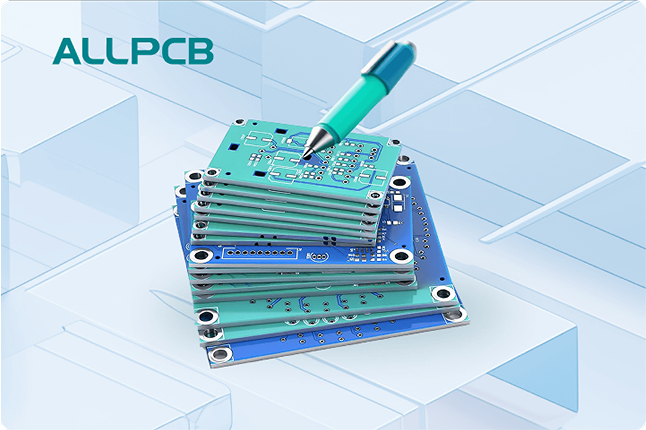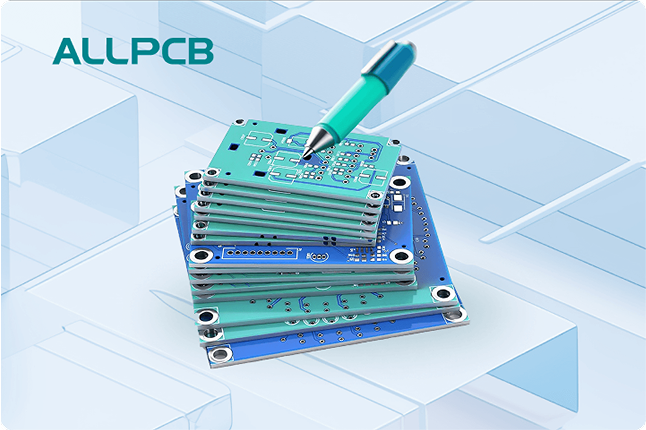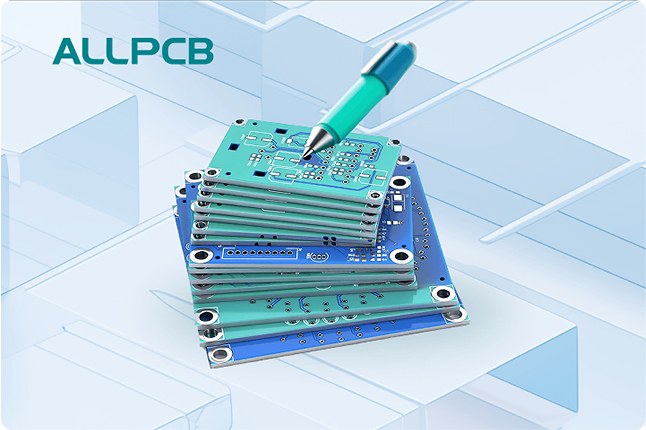Designing and routing Flexible PCBs (often called flex PCBs) can be a game-changer for compact, lightweight, and dynamic electronic applications. If you're wondering how to do PCB routing on Flexible PCBs, the key lies in understanding the unique characteristics of flex materials, focusing on factors like bend radius, trace width, and layer configuration, especially for single-layer flex PCBs. In this comprehensive guide, we'll walk you through the essential steps and best practices to ensure your flex PCB design is reliable, efficient, and ready for manufacturing.
What Are Flexible PCBs and Why Do They Matter?
Flexible PCBs are printed circuit boards made from flexible materials like polyimide, allowing them to bend, fold, and conform to various shapes. Unlike rigid PCBs, flex PCBs are ideal for applications where space is limited or movement is required, such as in wearable devices, medical equipment, and automotive systems. Their ability to withstand repeated bending makes them a popular choice for innovative designs.
Routing on flex PCBs, however, comes with unique challenges. The board's flexibility means you must consider mechanical stress, material properties, and electrical performance during the design process. Let's dive into the critical aspects of routing on flex PCBs to help you achieve a successful design.
Key Considerations for Routing on Flexible PCBs
Before you start routing, it's crucial to understand the specific requirements of flex PCBs. These boards behave differently from their rigid counterparts, and overlooking these differences can lead to design failures. Below are the primary factors to keep in mind.
1. Understanding Bend Radius for Flex PCBs
The bend radius is the minimum radius a flex PCB can be bent without damaging the board or its traces. Bending a flex PCB too tightly can cause cracks in the copper traces or delamination of the layers, leading to electrical failures. A general rule of thumb for single-layer flex PCBs is to maintain a bend radius of at least three times the thickness of the board. For example, if your flex PCB is 0.1 mm thick, aim for a minimum bend radius of 0.3 mm.
For dynamic applications where the board will bend repeatedly, a larger bend radius is recommended—often up to 10 times the thickness. This reduces stress on the traces and extends the lifespan of the board. Always refer to industry standards like IPC-2223 for specific guidelines on bend radius based on your material and application.
2. Designing for Single-Layer Flex PCBs
Single-layer flex PCBs are the simplest and most flexible type, consisting of one conductive layer on a flexible substrate. While they offer maximum flexibility, they provide limited routing space, making trace placement critical. When routing on a single-layer flex PCB, prioritize straight, uniform traces to minimize stress points. Avoid sharp corners or abrupt changes in trace direction, as these can create weak spots prone to cracking during bending.
It's also essential to keep traces perpendicular to the bend line. Routing traces parallel to the bend can cause them to stretch or compress, increasing the risk of failure. If you must route traces in a bending area, consider using curved or staggered patterns to distribute stress evenly.
3. Optimizing Trace Width for Electrical and Mechanical Performance
Trace width is another critical factor in flex PCB routing. Wider traces are more robust and less likely to break under mechanical stress, but they take up more space, which can be a limitation on single-layer designs. Narrower traces save space but are more vulnerable to cracking during bending. A balance must be struck based on your design's electrical and mechanical needs.
For most flex PCB applications, a minimum trace width of 6 mils (0.15 mm) is recommended for reliability. However, if your design carries higher currents, you may need wider traces to handle the load without overheating. Use trace width calculators to determine the appropriate size based on current ratings, typically aiming for a current density of 0.5 to 1 A per square millimeter of copper cross-section.
Additionally, ensure proper spacing between traces to prevent short circuits, especially in bending areas where the material may shift. A spacing of at least 6 mils is a good starting point for most designs, though this may vary based on voltage requirements and manufacturing capabilities.
Step-by-Step Guide to Routing on Flexible PCBs
Now that you understand the key considerations, let's walk through the practical steps to route a flex PCB effectively. These steps are tailored to ensure both electrical performance and mechanical durability.
Step 1: Define the Mechanical Constraints
Start by identifying the areas of your flex PCB that will bend and the expected bend radius. Mark these zones in your design software to avoid placing critical components or traces in high-stress areas. If possible, consult with your manufacturer to understand the material's flexibility limits and recommended bending parameters.
Step 2: Choose the Right Materials
The base material for flex PCBs, typically polyimide, plays a significant role in routing. Select a material with the appropriate thickness and flexibility for your application. Thinner materials (e.g., 25 μm) are more flexible but may require extra care during routing to avoid damage. Thicker materials (e.g., 50 μm) offer more durability but reduce flexibility. Your choice will impact trace width, bend radius, and overall design.
Step 3: Plan Component Placement
Place components in areas that will not bend, if possible. Bending zones should be reserved for traces and vias, as components can create stress points that damage the board. For rigid-flex designs, place components on rigid sections and use the flex areas for interconnections.
Step 4: Route Traces with Flexibility in Mind
When routing traces, follow these best practices:
- Use smooth, curved traces instead of sharp angles to reduce stress concentration.
- Keep traces perpendicular to the bend line to minimize stretching or compression.
- Avoid vias in bending areas, as they can weaken the board. If vias are necessary, use teardrop shapes to reinforce the connection.
- Distribute traces evenly across the board to prevent uneven stress distribution.
Step 5: Add Stiffeners for Support
In areas where additional support is needed, such as under connectors or components, consider adding stiffeners. These are rigid materials bonded to the flex PCB to provide mechanical stability without sacrificing overall flexibility. Stiffeners can prevent excessive bending and protect traces in critical areas.
Step 6: Test and Validate Your Design
Before manufacturing, simulate the bending conditions your flex PCB will face. Use design software to analyze stress points and ensure traces can withstand repeated flexing. Additionally, create prototypes to physically test the board under real-world conditions. This step is crucial for identifying potential issues before mass production.
Common Mistakes to Avoid in Flex PCB Routing
Even experienced designers can make mistakes when routing flex PCBs. Here are some common pitfalls and how to avoid them:
- Ignoring Bend Radius: Bending the board too tightly can cause immediate or long-term damage. Always adhere to the recommended bend radius for your material and application.
- Overloading Single-Layer Designs: Single-layer flex PCBs have limited routing space. Avoid overcrowding traces, as this can lead to shorts or mechanical failures.
- Neglecting Trace Width: Using traces that are too narrow can result in breaks or overheating. Calculate the appropriate width based on current and mechanical stress.
- Placing Vias in Bend Areas: Vias are rigid and can crack under stress. Keep them out of bending zones whenever possible.
Advanced Tips for Flex PCB Routing
For those looking to take their flex PCB designs to the next level, consider these advanced strategies:
- Impedance Control: For high-speed signals, maintain consistent trace width and spacing to achieve the desired impedance, often around 50 ohms for single-ended signals or 100 ohms for differential pairs. Use a field solver tool to calculate impedance based on your stack-up and material properties.
- Hatch Ground Planes: Instead of solid copper ground planes, use a hatched or grid pattern in bending areas to maintain flexibility while still providing grounding.
- Dynamic Flex Testing: If your application involves continuous bending (e.g., in robotics), conduct lifecycle testing to ensure traces can endure millions of flex cycles without failure.
Conclusion: Mastering Flex PCB Routing
Routing on Flexible PCBs requires a careful balance of electrical performance and mechanical durability. By focusing on critical factors like bend radius, trace width, and single-layer design constraints, you can create flex PCB layouts that are both reliable and efficient. Whether you're working on a wearable device, a medical instrument, or an automotive system, following the steps and best practices outlined in this guide will help you achieve a successful design.
Start with a clear understanding of your mechanical constraints, choose the right materials, and route traces with flexibility in mind. Validate your design through simulation and prototyping to catch issues early. With these strategies, you'll be well-equipped to tackle the unique challenges of flex PCB routing and bring your innovative ideas to life.
 ALLPCB
ALLPCB


